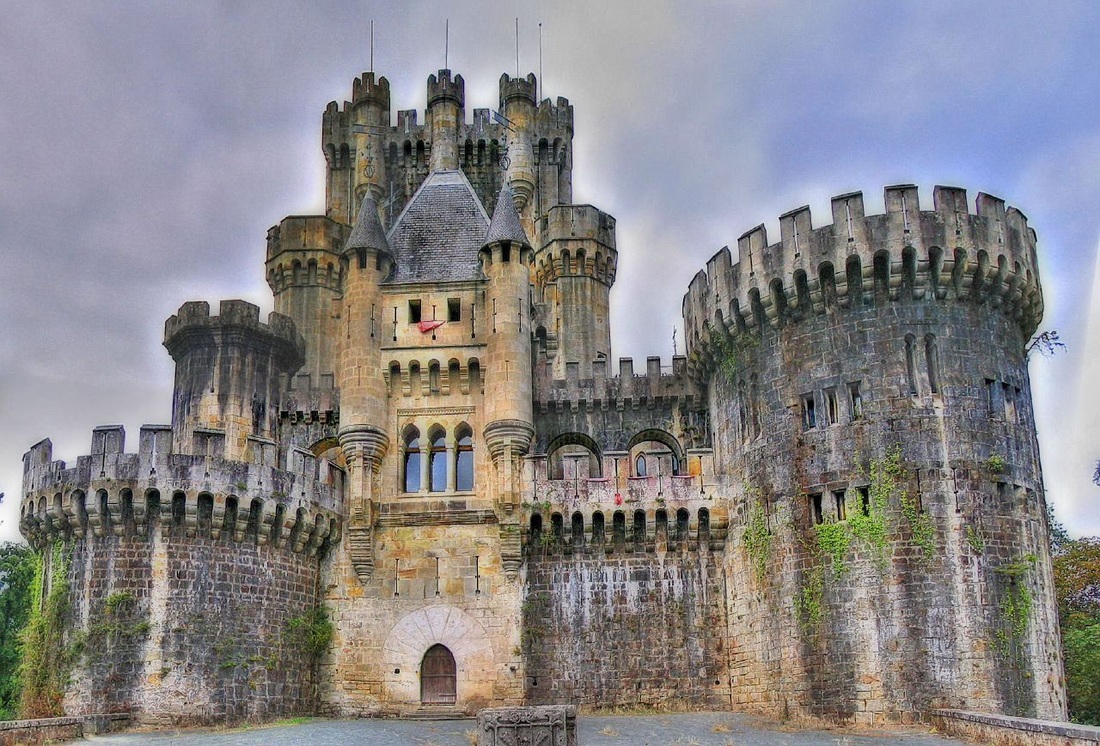

There are a few video clips featuring the castle on the countryside video-page. More history and present in pictures : castle images. See River Vecht to appreciate fully the strategic importance of the castle. For a view of the old sea dike and a magnificent vista of the wide open polders. Even in those days the castle had to be largely self supporting, so gardens were important.Īlso walk on the earth ramparts that surround the castle. There's a vegetable and a herbal garden, set up the way they were in the early 1600s. When you visit the castle, don't forget the gardens. Very much to the benefit of an upcoming and very ambitious little town : Amsterdam. But this was enough to close off the river and to ruin Utrecht. A short stretch only, because even today the border with Utrecht is only 6 km to the south. By then this northern part of the river was firmly in the hands of Holland.
Medieval castle windows#
Anyway, some 100 years later, the castle was rebuilt or repaired, and that's basically the one we see today. By the 13th century a king or great baron might have white (greenish) glass in some of his windows, and by the 14th century glazed windows were common. It is a fact that stones and bricks were extremely valuable in those days, and were often recycled many times. Using the occasion, the bishop of Utrecht took over again, and the story goes that he destroyed the place and took the stones with him to build a new castle, halfway the river towards Utrecht. Undoubtedly one of the better known European castles of the medieval era, Windsor Castle was built in 11th century and hold the record for the longest occupied. Seeing no way out, they killed the count. The noblemen tried to get away with their hostage, but they were attacked not far from the castle. During a falcon hunting party in 1296, van Velsen and a few others captured the count, and jailed him in his own brand new castle, here in Muiden.Īs Holland had been granting privileges to the small towns in the region, making itself popular, armed citizens came to the rescue of their count. As always in war with each other, and fearing that Holland would switch sides. Involving the bishop, but also the kings of France and England. While on the background there were national and international political intrigues around count Floris. Possibly his wife had been raped by the count, another good reason. It is certain he had a conflict of power with count Floris. One of them, Gerard van Velsen, would later be immortalised in stories and ballads for what was to follow.

Luckily for Utrecht there were discontented nobleman in Holland. The ruling bishop of Utrecht wanted to roll back Holland, of course, but at the time his military possibilities were limited.

Thus controlling the river Vecht, that was of vital importance for trade to the city of Utrecht, about 40 km upstream. When during the long wars between Holland and Utrecht, count Floris V of Holland conquered this stretch of the river around 1280, he built or enlarged the castle immediately. The Agency is also responsible for Cēsis History and Art Museum, the Tourism Development and Information Centre and Cesis Cultural Centre.Some sort of stronghold must have been here since the early Middle Ages. Since 2004 the castle complex had been managed by the municipality’sagency “Cēsis Culture and Tourism Centre”, whose mission is to preserve and develop Cēsis castle complex and integrate it in to an active tourism business. In its turn, the castle manor complex dominated by the manor house together with May and Castle Park manifests the Romanticism movement of the 18th and 19th century. In the middle Ages it was one of the most important footholds for the Teutonic Order in the Baltics, but nowadays – most impressive and well preserved castle ruins in Latvia. Right next to Riekstu Hill the castle built by the Livonian Brothers of the Sword and the Teutonic order is located. One of the most mysterious monuments of pre-crusader times is Riekstu Hill, a ancient hillfort once inhabited by Vendi tribe – the cradle of present day Cēsis. The castle complex is located in the very centre of the city, where in a small area a number of uniquely different historical areas intertwine. More than ten centuries of Latvian cultural history meets here, each with its own time, aura and message for today and the future. The castle complex with its historically romantic environment is a special fascination for both Cēsis people and visitors to the town.


 0 kommentar(er)
0 kommentar(er)
